How to dive tomato seedlings correctly?
Picking tomato seedlings is, in fact, transplanting it to a new place of residence, more spacious. In the course of picking, you can sort the seedlings, rejecting non-viable ones, and at the same time "relocate" strong specimens to pots, where their root system can develop better. Thanks to this, by the time of planting in open ground, the seedlings will be strong, the tomato harvest can be harvested sooner, and it will be richer. However, these goals can only be achieved if the pick is carried out correctly.
How often and when to dive tomatoes?
How many times to dive tomato seedlings depends on the variety of tomatoes grown. They are tall, medium-sized and short. Only those in the first category have to dive twice. If undersized or medium-sized tomatoes are grown, it will be correct to limit yourself to one pick.
They become "mature" enough for picking when the first two leaves appear. This usually happens 10-14 days after planting the seeds. The second dive is carried out when necessary, three weeks after the first.
Earlier than on the 10th day, it is not worth diving the seedlings: the roots are still too weak to undergo a traumatic transplant. However, this moment cannot be delayed either: if the seedlings outgrow, then the roots of the seedlings will begin to intertwine, the transplant will also become too much of a challenge for them.
The traditional way of picking
Most often, gardeners plant seeds in boxes or pots, several pieces each, and dive either into other similar larger containers, or into separate pots. The method of transplanting tomatoes from one common container to another is considered traditional. It is correct to carry it out as follows.
- Prepare a container for transplant by making drainage holes in it, treating it with a solution of potassium permanganate. The container should be at least one and a half times larger in size than the previous one.
- Prepare the soil by mixing in equal parts turf soil, peat, humus, add a little sand to this mixture (a third part), enrich it with ash (glass per bucket) and complex mineral fertilizer (tablespoon per bucket). If you do not want to make soil for tomatoes with your own hands, you can buy it ready-made in stores for gardeners - any one designed for growing seedlings will do. The soil should be treated with a 1% solution of potassium permanganate or antifungal drugs (they are diluted according to the instructions on the package).
- Water the seedlings well the day before transplanting. This can be done 12-24 hours before the pick.
- Pour the prepared soil into the container, leaving 2-3 centimeters to the edge, since it is possible that later the soil will have to be poured.
- Mark grooves at least 6-8 cm apart. In a checkerboard pattern, make indentations in them with a pencil so that the distance between them is 8-10 cm.
- Remove the seedlings carefully with a toothpick or spatula.
Advice
Try not to touch the stems with your bare hands, as the temperature of the human body is high for them - work with thin fabric gloves.
- Pour 100 ml of room temperature water into each well.
- While the water has not had time to absorb, immerse the seedlings in the grooves so that the cotyledon leaves remain outside. Compact the soil.
It is better not to water the seedlings for the first 4 days after transplanting, in the future, watering should be done every 5-6 days.
Transfer from a separate pot
Today, it is not uncommon for seedlings to be grown in separate pots. In this case, it is transplanted in a slightly different way.
- Prepare pots of the correct size - one and a half or two times the volume of those from which the plant will be transplanted. For tomato seedlings, containers are preferred, the depth of which is equal to the diameter. Drainage holes are required. It is also a good idea to treat the containers with antifungal drugs.
- Prepare the soil. You need the same as for picking seedlings in the traditional way.
- Fill the pots with soil by a third.
- After well moistening the soil in the seedling pot, remove it from it along with the earthy clod and place it in a new container.
- Fill the pot with earth.
This method of picking is called “transshipment”. It is less traumatic for sprouts than the traditional one.
Picking elongated seedlings
Not everyone knows how to perform a dive if the seedlings are stretched out. In fact, there is nothing complicated in this.
- Remove the seedlings from the soil two hours before transplanting. Thanks to this, the stalk, which is already flexible, will slightly wither and become even more pliable.
- After placing the seedlings in a new pot, the stalk should be twisted and laid in a spiral, then sprinkled with soil.
After a while, the stem will take root and the plant will become much stronger and more viable.
When seedlings do not grow after a pick
In the case when the seedlings do not grow for a long time after transplantation, as if frozen in development, you should not panic. This can happen for several reasons, which are usually easy to eliminate.
- If you transplanted seedlings that are already elongated, then it will take more time for the plant to take root. In this case, you just need to wait.
- The seedlings may be cold. Place plastic bottles filled with warm water next to the pots to warm up the roots.
- It is possible that the reason is soil acidification. Sprinkle it with ash.
There should be no problems with the development of seedlings if the pick was performed correctly.
Picking tomato seedlings is a necessary procedure to get rid of weak plants and help strong specimens to better develop the root system. In fact, this is a "relocation" of seedlings to a new place of residence, where the area is larger.
It is necessary to transplant plants correctly, observing the recommended terms. Moreover, this can be done in two ways: the traditional and the transshipment method. Elongated seedlings require a special approach to themselves. Only if all the rules are observed will it be possible to get an early and rich harvest of tomatoes.
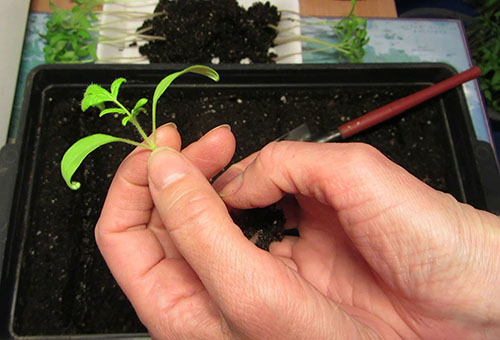
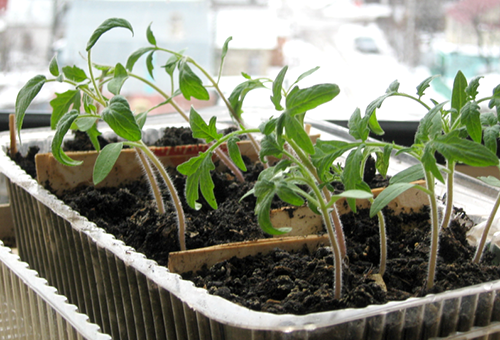
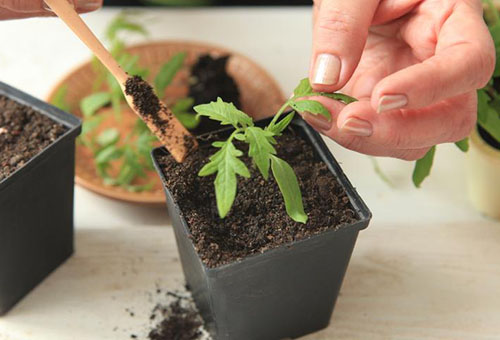
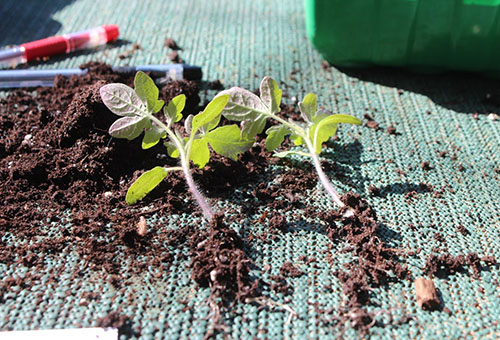
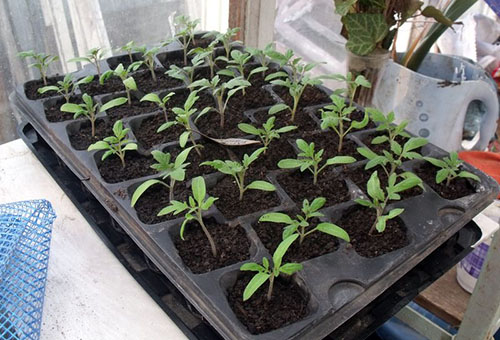
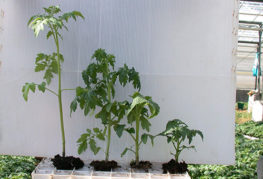
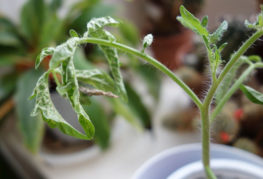
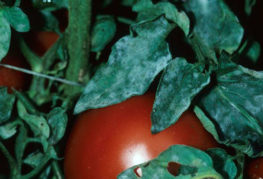
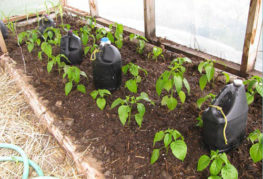
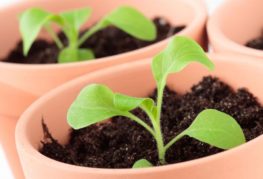
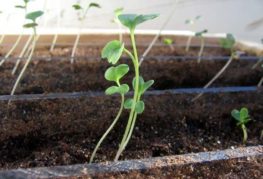
Isn't it necessary to remove some of the roots when picking? And after picking, you need to put the seedlings in a dark place for a couple of days.